URBAN TURF: Historic Anacostia: Future Promise Breeds Cautious Optimism
AWESOME article on the Anacostia neighborhood. Check it out!
Go HERE to read the full article.
Excerpt:
To submit an article or to inquire about advertising options send an email to Advoc8te@congressheightsontherise.com
Go HERE to read the full article.
Excerpt:
by Gretchen Cook
On almost every block in Anacostia there are both beautiful homes and vacant houses. The neighborhood’s main streets are a similar mix: fresh new businesses next to forlorn facades. Blight? Maybe. But to many, this contrast signals something much more hopeful: opportunity.
“I can see the Capitol dome from my front porch!” Jeff Herrell says as he tends the huge yard surrounding the house he renovated with a historic homeowners grant. Those funds have recently rehabbed more than 60 other houses here, where relatively low prices have launched a home-buying surge. “Historic Anacostia is an amazing place in terms history and architecture. Plus, we’re only a five minute drive from downtown DC,” Herrell, an International Monetary Fund staffer, told UrbanTurf.
Herrell says he’s made lots of friends with other newcomers, mostly gay couples in their mid-30s like him and his partner. That influx represents yet another seismic demographic shift in Historic Anacostia. Established in 1854 as Uniontown, a home for the white workers at the Navy Yard across the river, Anacostia got its current name from the Nacochtank Native American settlement along the river. In 1877, abolitionist Frederick Douglass became the first African-American allowed to own land in the neighborhood. His stately home perches on one of the hills that give the area its great views, as well as the strategic advantage that sprouted civil war fortresses. The rich history and geography bequeathed to Anacostia some great landmarks, such as Douglass’s home, Fort Stanton, the Carver Theater and the Birney school, as well as its biggest economic advantage — historic district classification.
To submit an article or to inquire about advertising options send an email to Advoc8te@congressheightsontherise.com

